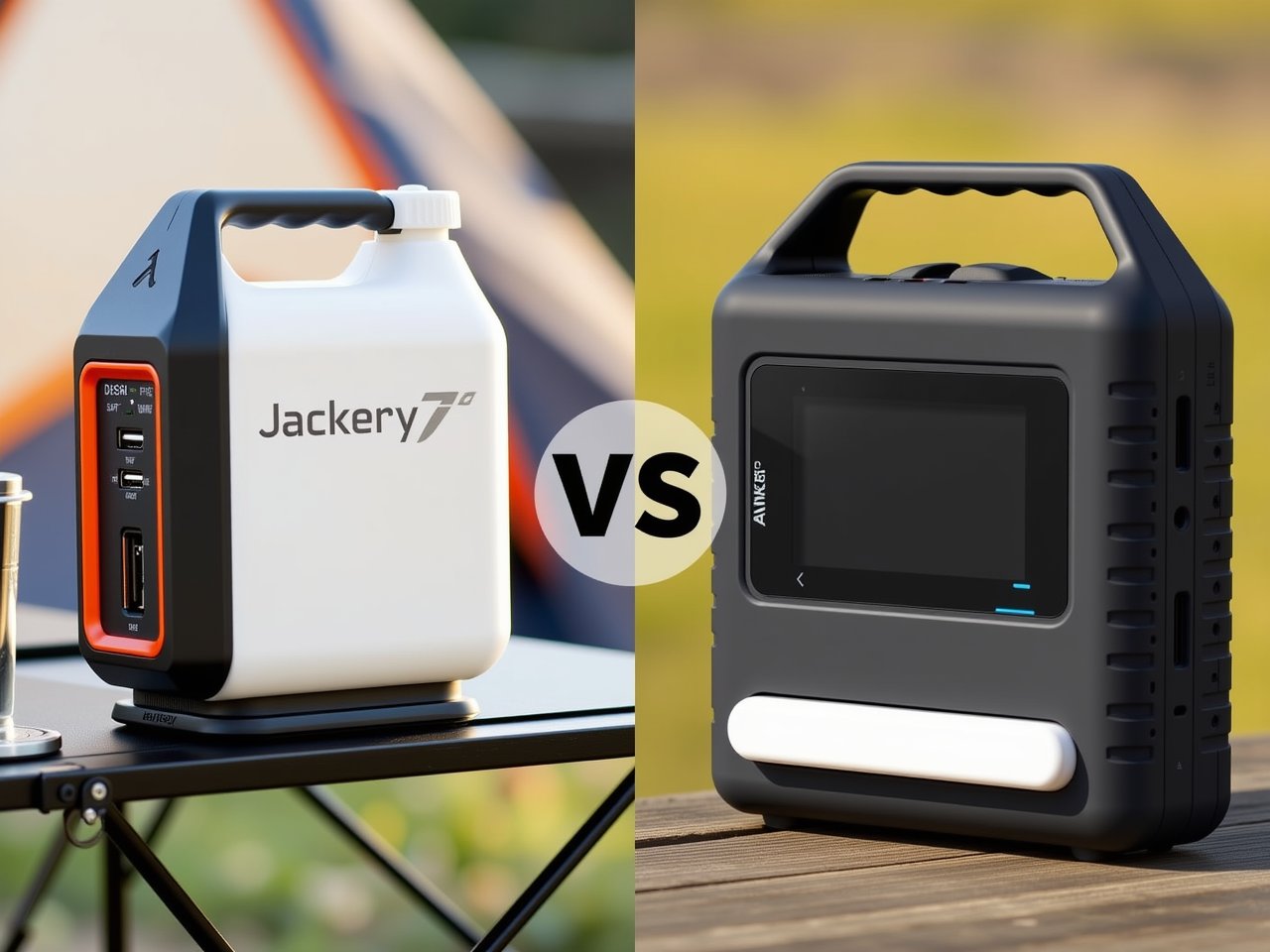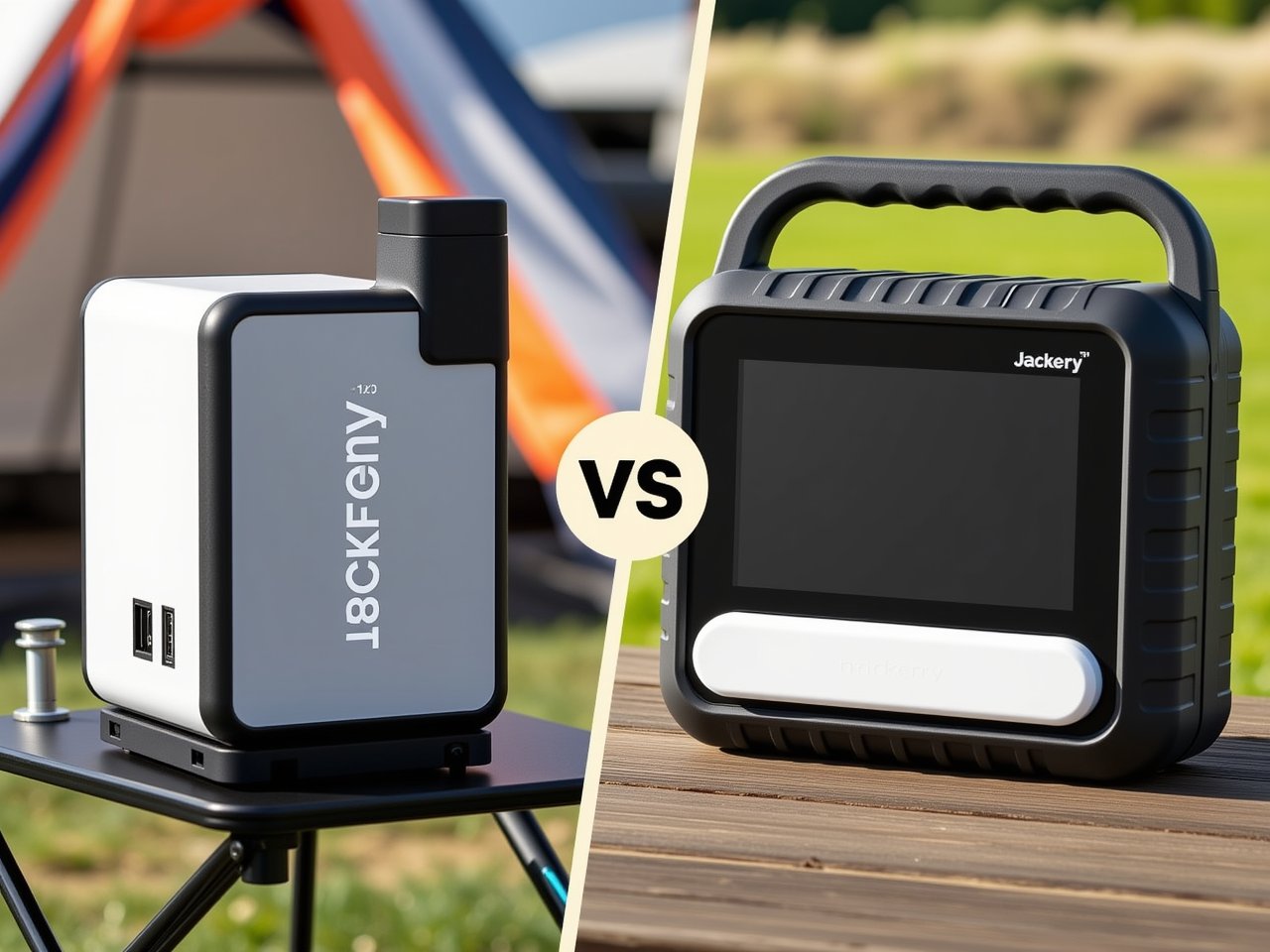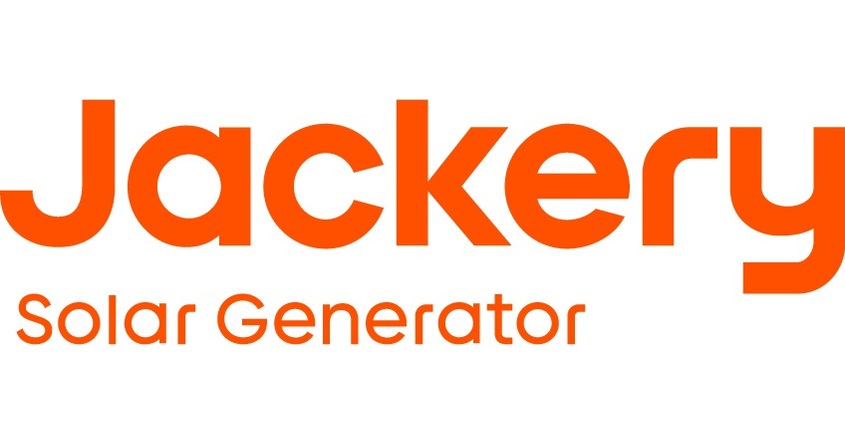Portable power stations have become indispensable tools for modern life, bridging the gap between convenience and emergency preparedness. In this evolving market, Jackery and Anker stand out as industry leaders, each with distinct strengths. This analysis dives deeper into their competitive strategies, upcoming innovations, and the broader implications for sustainability and consumer choice.
1. Brand Philosophies and Market Positioning
Jackery: The Pioneer of Portability
Jackery’s dominance stems from its early entry into the portable power market. With a focus on lightweight design and proven reliability, Jackery has cultivated a loyal user base, particularly among outdoor enthusiasts. Its reputation is built on:
- Portability: Compact designs (e.g., the 6.6-pound Explorer 240) optimized for camping and mobility.
- Solar Integration: Seamless compatibility with SolarSaga panels, offering faster solar recharge times than many competitors.
- Legacy Trust: Thousands of positive reviews highlight its durability, though its 2-year warranty lags behind Anker’s offerings.
Weakness: Jackery’s slower adoption of cutting-edge fast-charging tech and fewer ports per model may limit appeal to power-hungry users.
Get jackery promo code and 6% cashback before placing any orders.
Anker: The Tech Disruptor
Anker, a giant in consumer electronics, leverages its expertise in fast-charging innovation and multi-device support to challenge Jackery. Key advantages include:
- Speed: Proprietary PowerIQ and GaNPrime tech enable rapid recharging (e.g., Anker 521 charges to 80% in 1.5 hours).
- Versatility: More ports across models (e.g., Anker 535’s 3x USB-A and 2x USB-C ports).
- Aggressive Pricing: Under cutting Jackery in mid-tier models (e.g., Anker 535 at 499vs.Jackery500at499vs.Jackery500at549).
Weakness: Anker’s limited product lineup and unproven long-term reliability (despite a 3-year warranty) leave questions about durability.
2. Head-to-Head Model Comparisons: Current and Future
Entry-Level (200–200–300)
- Jackery Explorer 240: Lightweight but modest capacity (240Wh). Ideal for short trips but lacks Anker’s fast-charging edge.
- Anker 521: Slightly higher capacity (256Wh) and faster charging, but heavier (7.1 lbs).
Verdict: Anker wins on tech, Jackery on portability.
Mid-Range (500–500–1,200)
- Jackery Explorer 500: Reliable but outpaced by Anker 535’s 537Wh battery, extra ports, and $50 lower price.
- Anker SOLIX F1200: A game-changer with 1,229Wh capacity and 4-hour solar recharge, challenging Jackery’s 7.5-hour solar charging.
Disruption Alert: Anker’s SOLIX line signals a shift toward high-capacity, solar-ready units, pressuring Jackery to innovate beyond portability.
Flagship Tier (1,500–1,500–2,000+)
- Jackery Explorer 2000 Pro: Available now with 2,160Wh capacity, but its 2.5-hour recharge time trails Anker’s unreleased 767 PowerHouse (1.5 hours).
- Anker 767 PowerHouse: Slated for late 2023, this model boasts 2,229Wh capacity, 2,200W output, and ultrafast charging. If priced competitively, it could redefine the premium segment.
Strategic Gap: Jackery risks losing its premium foothold unless it counters with a next-gen model featuring hyper-fast charging or modular battery expansion.
3. Beyond Specs: Sustainability and Ecosystem Building
While both brands tout solar compatibility, the broader environmental impact of portable power stations deserves scrutiny:
Solar Efficiency and Green Credentials
- Jackery: SolarSaga panels lead in charge speed, but their manufacturing process lacks transparency on recycled materials.
- Anker: Newer solar panels (e.g., 200W PowerHouse) emphasize weather resistance, yet their longer recharge times offset efficiency gains.
Opportunity: Neither brand fully addresses end-of-life battery recycling. A closed-loop system for lithium-ion batteries could become a market differentiator.
The Rise of “Green Portability”
Consumers increasingly prioritize low-carbon lifestyles, creating demand for:
- Carbon-Neutral Power Stations: Brands could offset emissions via reforestation partnerships.
- Modular Design: Swappable batteries (e.g., EcoFlow’s modular system) reduce e-waste—a feature neither Jackery nor Anker currently offers.
4. Future-Proofing: Emerging Technologies and Market Trends
Anker’s Ambition: Beyond Power Stations
Anker’s parent company, Soundcore, is diversifying into smart home tech. Future power stations could integrate with:
- Home Energy Systems: Acting as a hub for solar rooftops or EV charging.
- IoT Connectivity: App-controlled load management to prioritize medical devices during outages.
Jackery’ Counterplay: Leveraging Legacy
To counter Anker’s R&D blitz, Jackery might:
- Expand Solar Ecosystem: Introduce higher-wattage panels (300W+) for off-grid communities.
- Adopt LFP Batteries: Lithium Iron Phosphate (LFP) batteries, safer and longer-lasting than standard Li-ion, could appeal to safety-focused buyers.
The Third Player: EcoFlow’s Shadow
While not covered in the original article, EcoFlow looms as a disruptor with its Delta series, featuring:
- Unrivaled Solar Inputs: Delta Pro accepts 1,600W solar input vs. Anker’s 300W.
- X-Stream Charging: 0–80% in 1 hour via AC.
This pressures both Jackery and Anker to accelerate innovation or risk being eclipsed.
5. Consumer Decision Matrix: Who Should Buy What?
| Priority | Choose Anker If… | Choose Jackery If… |
|---|---|---|
| Speed & Tech | Need ultrafast charging for tools, medical devices, or events. | Prefer tried-and-tested reliability for remote adventures. |
| Budget | Want more ports/capacity per dollar in mid-tier models. | Seek entry-level portability under $200. |
| Future-Proofing | Plan to integrate with smart home systems or await cutting-edge models (e.g., 767 PowerHouse). | Prioritize immediate availability and solar synergy. |
| Eco-Consciousness | Value brands investing in R&D for energy efficiency (speculative). | Prefer solar speed today over unproven green claims. |
6. The Road Ahead: Challenges and Opportunities
Regulatory Hurdles
- Air Travel Restrictions: With most airlines capping carry-on batteries at 300Wh, both brands must develop ultracompact sub-100Wh models for globetrotters.
- Safety Standards: Tighter regulations on lithium-ion transport could inflate costs, favoring brands with robust certifications (e.g., Anker’s ETL + UL).
Market Saturation
As competitors like Bluetti and Goal Zero enter the fray, Jackery and Anker must:
- Differentiate via Software: Think AI-driven power optimization or disaster preparedness apps.
- Embrace Circular Economies: Offer trade-in programs for older models to retain eco-conscious buyers.
Final Verdict
The Jackery vs. Anker rivalry is less about specs and more about philosophy:
- Jackery champions simplicity and mobility, ideal for those valuing reliability over flashy tech.
- Anker appeals to tech-savvy users craving speed and versatility, albeit with some long-term uncertainty.
However, the true winner will be the brand that bridges the gap between performance, sustainability, and adaptive innovation—a challenge neither has fully met yet.



